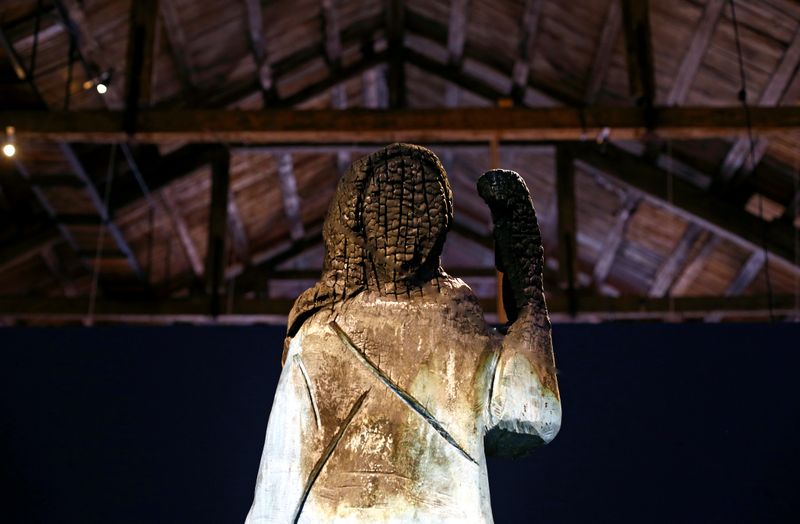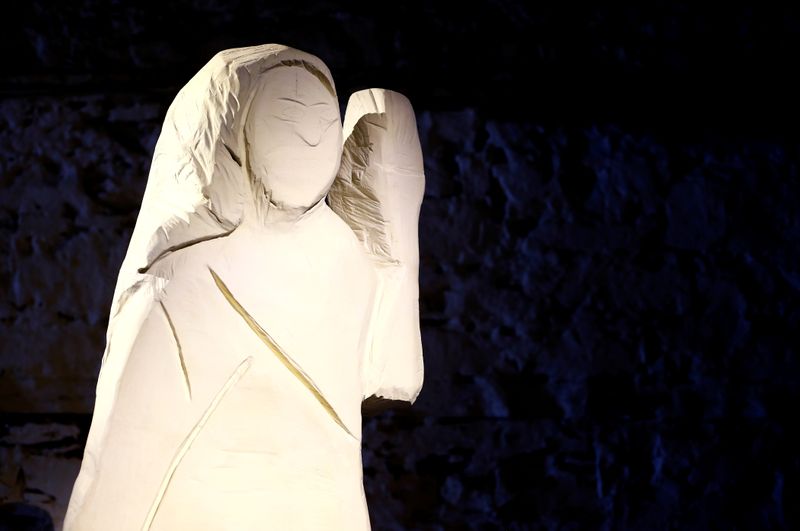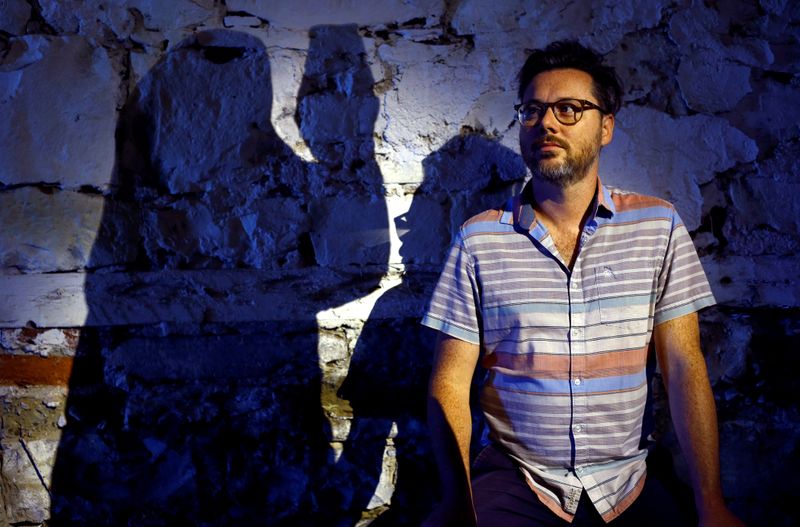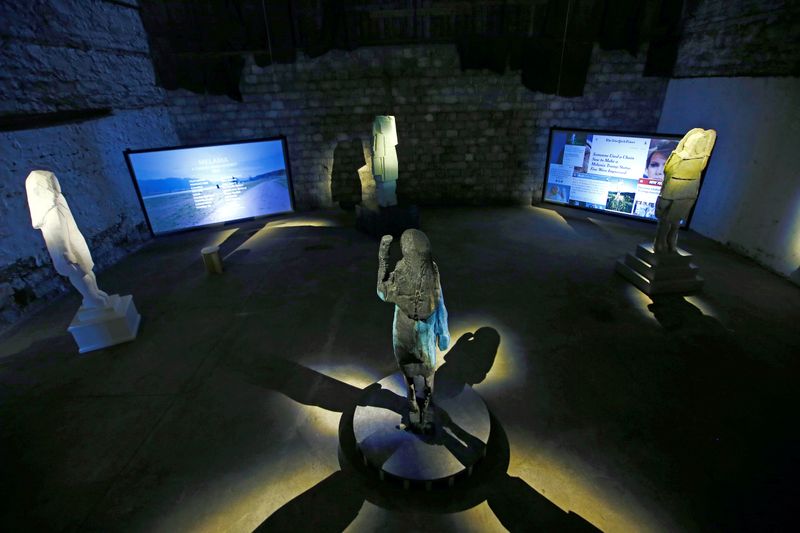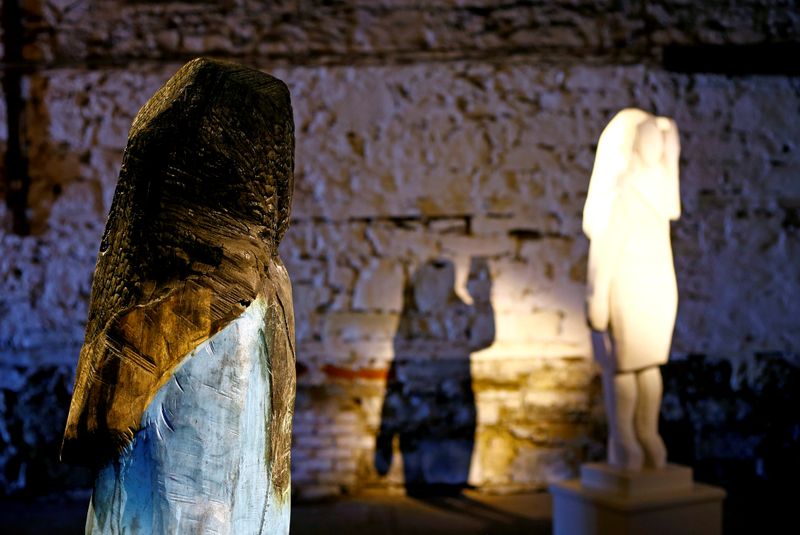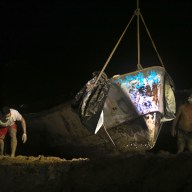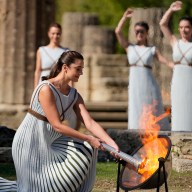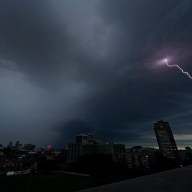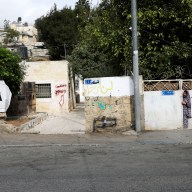KOPER, Slovenia (Reuters) – A burnt wooden statue of Slovenian-born U.S. First Lady Melania Trump, described by the artist as representing tensions in the United States, goes on show at an art gallery in the Slovenian seaside town of Koper on Wednesday.
The statue was torched by unknown perpetrators while on show in the open air near her birth place Sevnica, on July 4, celebrated as Independence Day in the United States.
“This object (the burnt statue) somehow represents a visual representation of political tensions that are erupting in my country and not only in my country,” Berlin-based American artist Brad Downey told Reuters.
The 40-year-old had commissioned the life-sized piece from a Slovenian folk artist Ales Zupevc. Trump was born in Slovenia in 1970 when it was still a part of communist Yugoslavia.
The First Lady’s office did not immediately respond to a request for comment.
Also on show are a plastic replica of the wooden sculpture and moulds used to make a bronze statue of Trump that is due to be unveiled in Rozno near Sevnica next week, in the spot where the wooden statue used to stand.
Downey said the statue was torched at a time when a number of statues of colonialists were destroyed in the U.S. as a part of the “Black Lives Matter” protests.
Downey said he created the Melania statues in order to inspire a dialogue on the political situation in his country that has a president sworn to reducing immigration although he is married to an immigrant.
Although the Melania wooden statue’s face was rough-hewn and did not bear her facial features before it was damaged, the figure wears a pale blue coat like the one she wore at Donald Trump’s inauguration as U.S. president.
(Reporting by Marja Novak and Borut Zivulovic, Edited by Alexandra Hudson)

